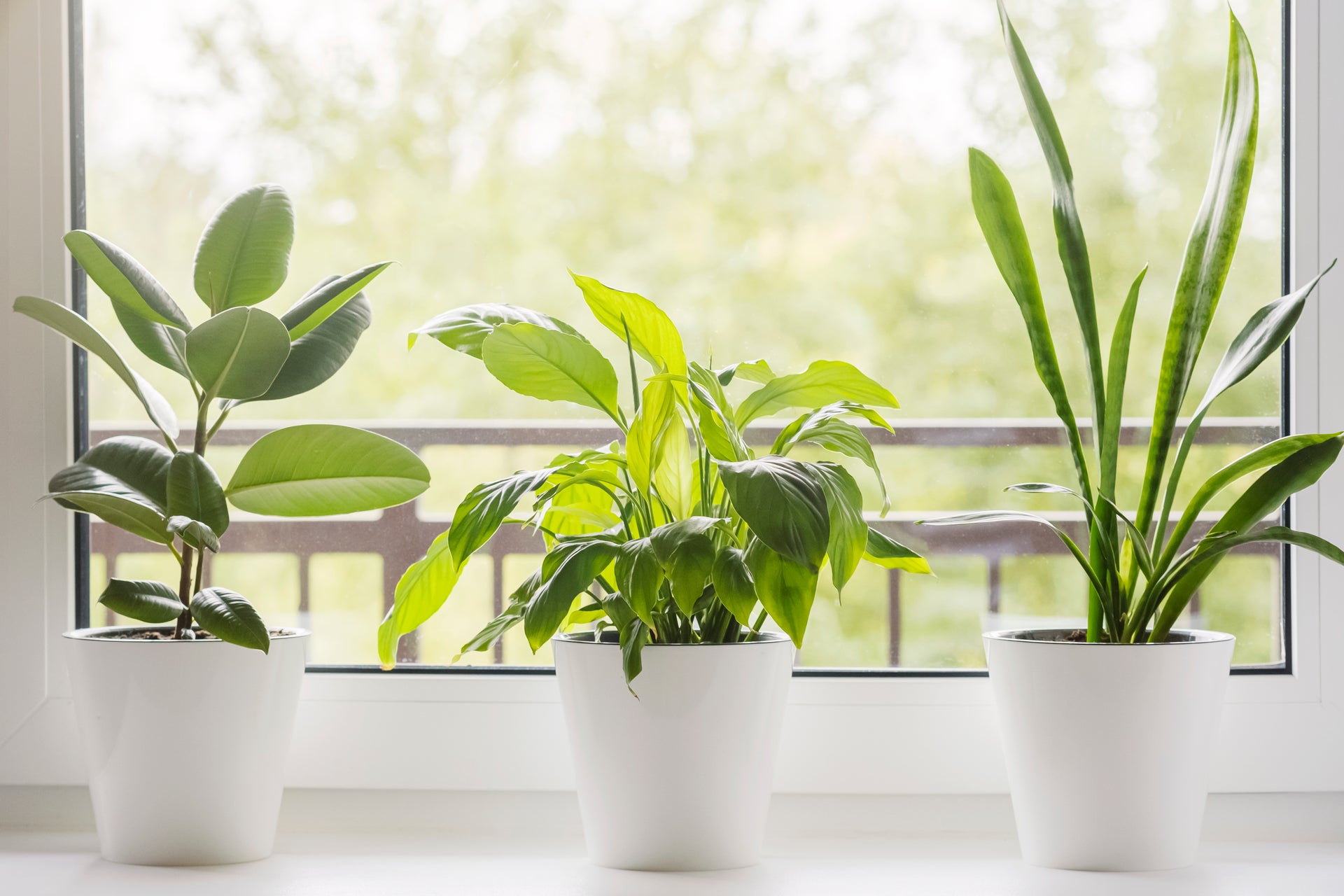Air is the elixir of life for people. For decades, the subject of air has not been widely discussed. Due to the special challenges of the Corona Pandemic, air quality, air consistency and air temperature have finally entered the collective consciousness. Now it's a matter of life and avoiding long-term damage from inhaling dangerous and noxious substances. It's about the clean and healthy air that the human organism urgently needs in order to be productive and stay healthy.
The first attempts to make every inhabitant of this planet aware of the importance of air quality were made with the Kyoto Protocol of 1997 and later at the UN Climate Change Conference in Paris in 2015. This set the collective goal of limiting global mean temperature rises to below 1.5°C or 2°C above pre-industrial levels, reducing emissions and providing funding in line with climate change targets that build nations' resilience to strengthen the consequences of climate change. Although the goals set and just national approaches are disputed, the climate agreement is an important step in the global fight against climate change. In November 2018, the European Commission presented its strategic vision for a prosperous, modern, competitive and climate-neutral economy. According to this, greenhouse gas emissions are to be halved in the EU by 2030 and a climate-neutral economic area is to be created by 2050.
While governments are able to regulate emissions from industry and traffic in public spaces and public facilities, science, business and above all the real estate industry are required to find innovative and sustainable solutions and implement them across the board as quickly as possible. If you go one step further, every single person is responsible for his or her global footprint.
People breathe in 10 to 20 m3 or 12 to 24 kg of air per day. The mass of food and drinking water that a person consumes on a daily basis is far less. A person in Germany, on the other hand, produces an average of 7.9 tons of carbon dioxide per year, which is approx. 22 kg or 18m3 per day. Most of it occurs in buildings, where people spend about 80% of their time, about 10% they spend on traffic areas. Settlement and traffic areas took up 14.4% of the total area in Germany at the end of 2019, and the trend is growing. Other harmful substances such as fine dust, formaldehyde, benzene, chemicals, dust, allergens, alcohol and much more are usually completely ignored. They are only mentioned by the Committee for Indoor Guide Values, which sets nationwide, health-related guide values and hygienic guide values for indoor air quality. There are measured values from which concentration a substance in the room air is questionable and harmful. Pollutants reside in the walls and floors, as well as the furniture and goods that people own or consume.
With the Corona Pandemic, another factor has now been added, namely the awareness of the risk of infection of dangerous and long-term diseases via the air. This has been taken for granted, for example with the annual flu epidemic in schools, and the problem of overcrowded classrooms with poor ventilation has been ignored. In addition to masks, plexiglass, hand washing and distance rules, modern solutions are needed. So it seems that the previous focal points of automated building technologies and the Internet of Things in the context of smart water, smart heating, smart lighting have arrived at smart air. As part of this, toGo Filter GmbH does not rely on large suppliers who already dominate the B2B market, it is one of the few companies that rely on B2C, namely the affordable air purifier as a protective shield where the air is inhaled and exhaled.



